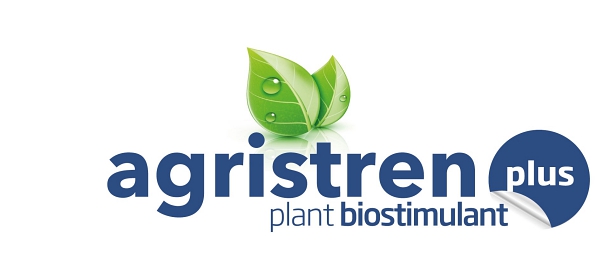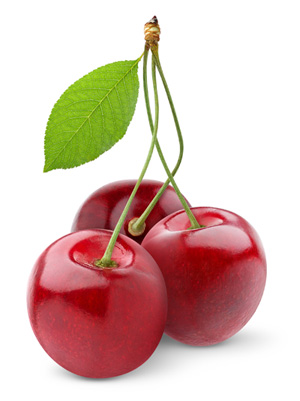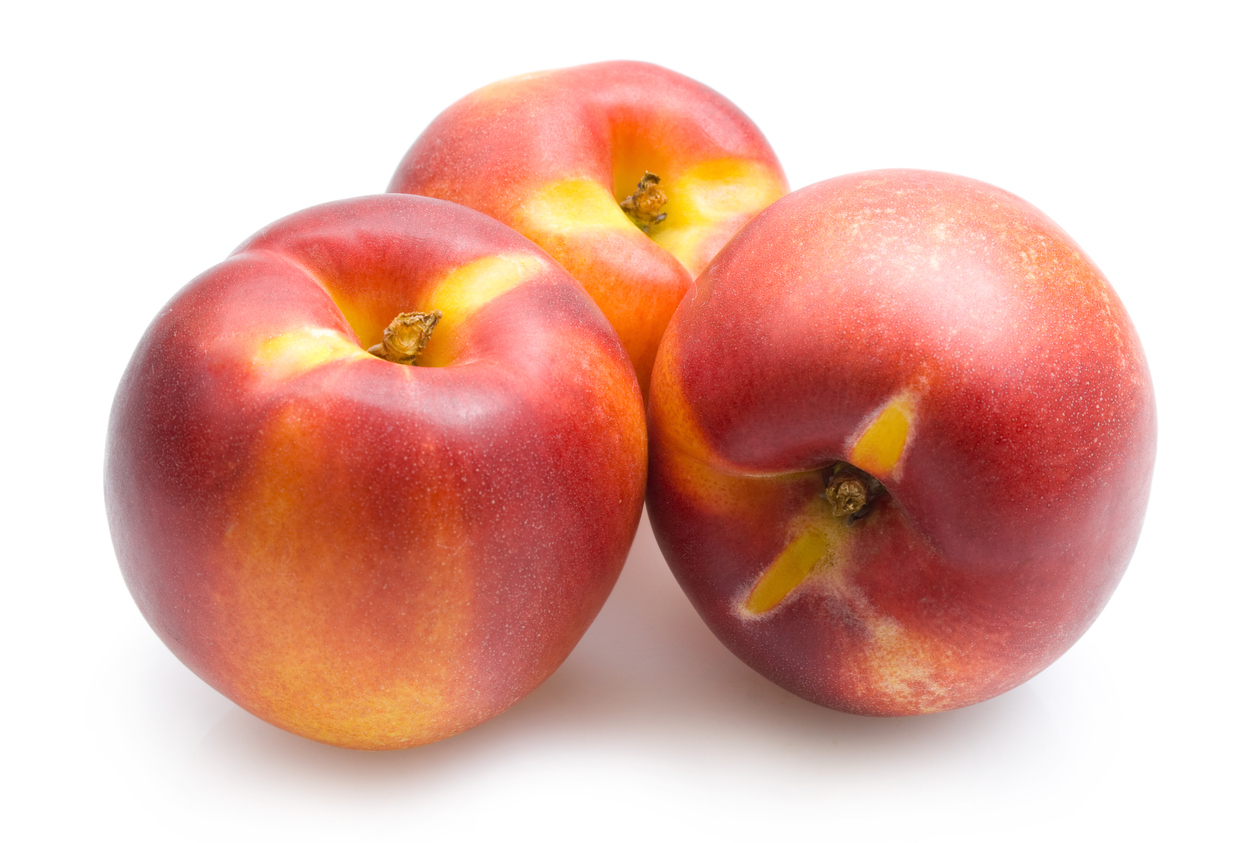

Product developed for the plant to maintain its growth and production rate under conditions of hydric-saline stress. It regulates the osmotic potential of the cell, avoiding its dehydration, maintaining its turgor, stabilizing enzymes and proteins, protecting and restructuring dehydrated membranes.
Its use is recommended for:
→ Accelerate the recovery of the plant after water stress
→ Faster regeneration after possible damage
→ Increases the assimilation and distribution of mineral nutrients
→ Intensifies the photosynthetic rate
→ Improves the transport of photoassimilates
→ Strengthens the cell wall, thus reducing the “cracking” of the fruit
→ Increases the final crop yield

Cracking is one of the most important problems faced by fruit producers, causing significant losses in production. The damage is caused by the absorption of water through the skin, which increases the osmotic pressure inside the fruit, causing it to increase in volume.
Among the factors that would influence the appearance of damage are the cultivar, high relative humidity, rain close to harvest, prolonged droughts with subsequent irrigation and an increase in the soluble solids content of the fruit as it matures.
agristren plus is a natural product based on betaines that regulate the water balance of the cell in a way that improves the water balance in the fruit. Foliar application of agristren plus during fruit ripening offers a new approach in preventing fruit cracking.


The biostimulant agristren plus is recommended to be used in two moments.
The first application at the beginning of the color change and the second at a later stage of maturity. The appropriate application rate is 4-6 liters per hectare and per treatment diluted in 800-1000 liters of water.